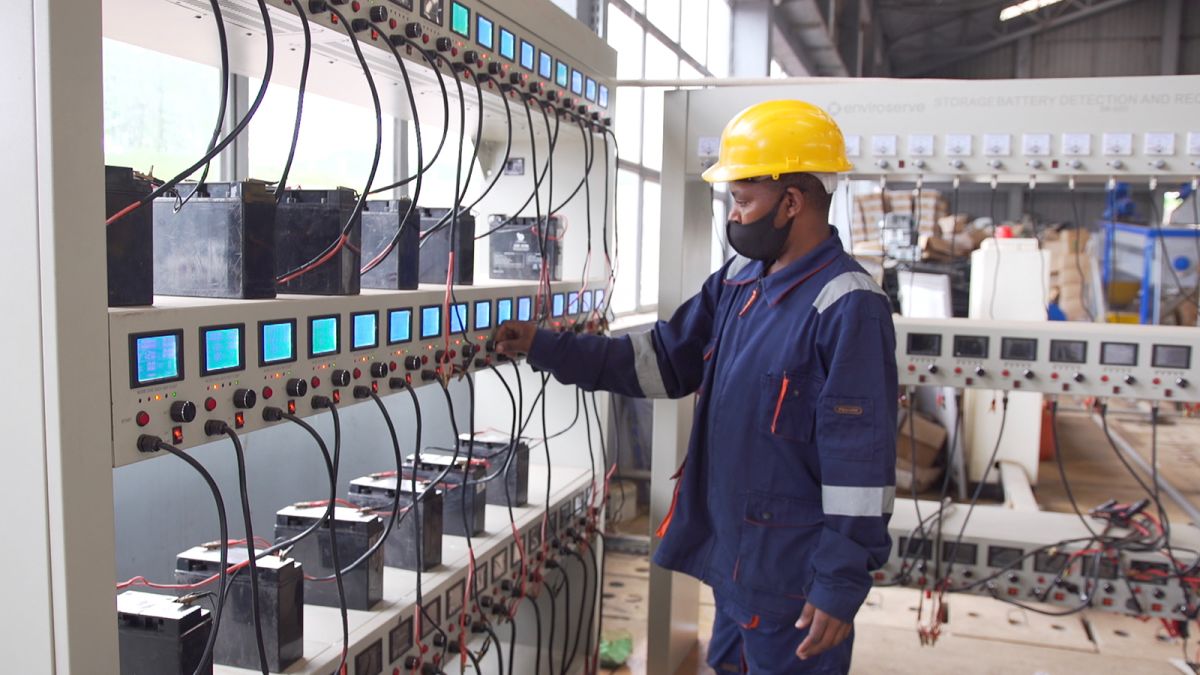
Common Energy Wasters in Industrial Settings: Unveiling Efficiency Opportunities
Efficiency is the heartbeat of industrial success, and understanding and mitigating common energy wasters is key to unlocking potential savings. This article delves into the intricacies of identifying and addressing energy inefficiencies in industrial settings, providing actionable insights for sustainable operations.
The Impact of Energy Inefficiencies
Uncovering Hidden Energy Drains
Explore the subtle yet impactful ways energy inefficiencies can manifest in industrial operations. Understanding these hidden drains is the first step toward implementing effective solutions.
Key LSI Keyword: Industrial Energy Conservation
Delve into the broader concept of industrial energy conservation and how it intertwines with identifying and rectifying common energy wasters.
Lighting and HVAC Systems: Culprits of Energy Waste
Inefficient Lighting Systems
Examine the impact of outdated lighting systems on energy consumption. Learn about modern, energy-efficient lighting solutions that can significantly reduce waste.
Outdated HVAC Systems
Understand how outdated heating, ventilation, and air conditioning (HVAC) systems contribute to energy waste. Discover strategies for upgrading to energy-efficient HVAC technologies.
Machinery and Equipment: Optimizing Performance
Inefficient Machinery Operation
Explore the common pitfalls in machinery operation that lead to energy inefficiencies. Learn how optimizing machinery performance can result in substantial energy savings.
Idle Equipment Consumption
Address the issue of idle equipment consuming unnecessary energy. Implementing smart systems and practices can minimize energy wastage during equipment downtime.
Building Envelope and Insulation: Preventing Energy Leaks
Poorly Insulated Structures
Analyze how poorly insulated structures contribute to energy leaks. Discover the importance of investing in insulation to create an energy-efficient industrial environment.
Inadequate Building Envelope
Explore the role of the building envelope in preventing energy loss. Learn about effective measures to seal gaps and improve overall energy efficiency.
Operational Practices: Shaping Energy Consumption
Inefficient Operational Procedures
Examine the influence of operational practices on energy consumption. Identify and rectify inefficient procedures to streamline energy usage.
Employee Training and Awareness
Understand the importance of employee training in reducing energy waste. Empower your workforce to actively participate in energy-saving initiatives.
Frequently Asked Questions
Can energy-efficient lighting really make a significant impact on overall energy consumption?
Explore the quantifiable impact of energy-efficient lighting on overall energy consumption. Understand the long-term benefits and return on investment.
How often should HVAC systems be upgraded for optimal energy efficiency?
Gain insights into the ideal frequency for upgrading HVAC systems to maintain optimal energy efficiency. Consider factors such as technological advancements and energy-saving innovations.
Are there government programs supporting industrial energy efficiency initiatives?
Learn about government programs that provide support and incentives for industrial energy efficiency initiatives. Stay informed about potential funding opportunities.
What role do energy audits play in identifying common energy wasters?
Discover how energy audits can be instrumental in pinpointing common energy wasters. Explore the benefits of regular energy assessments for industrial settings.
How can industrial facilities balance the need for comfort with energy conservation in HVAC systems?
Understand the delicate balance between comfort and energy conservation in HVAC systems. Implement strategies that optimize both employee comfort and energy efficiency.
Can operational practices alone significantly reduce energy waste in industrial settings?
Explore the impact of operational practices on energy waste and understand the importance of a holistic approach that combines operational improvements with technology upgrades.
Conclusion
In conclusion, addressing common energy wasters in industrial settings is a strategic imperative for sustainable and cost-effective operations. By focusing on lighting, HVAC systems, machinery, building structures, and operational practices, businesses can pave the way for a more energy-efficient and environmentally conscious future.


